In the world of automotive engineering, there
is (almost) no such thing as good vibrations; they are invariably bad.
One of the very few exceptions is the use of vibration as a driver
warning aid (typically via the steering wheel rim) of incipient danger,
such as the inadvertent crossing of a lane marker.
But generally, vibration and quality do
not mix and from the earliest days of motor vehicles, anti-vibration
solutions (AVS) have been an essential part of the formula for
commercial success: providing end users with the safest, smoothest, and
quietest ride while meeting all safety, environmental, and associated
legislative requirements, including a contribution to reduction of CO2 emissions levels via weight-saving programs.
Developing effective AVS is a
never-ending task, not only because quality targets and expectations of
manufacturers/customers rise inexorably, but because evolving designs
and technologies bring fresh challenges. Electric vehicles (EVs) may be
quieter and smoother than IC engine-powered vehicles, but they change
the whole basis on which a car’s overall technology is formulated. The
picture is also complicated by the use of alternative materials
necessary to achieve weight and cost savings.
A comprehensive range of AVS are used
throughout modern vehicles, from the engine and exhaust mounts to the
chassis and suspension; the shock absorber’s efficiency and performance
are heavily dependent on a number of AVS.
Trelleborg Automotive
has developed an extensive portfolio of polymer-based AVS solutions to
satisfy specific design challenges. Said the company’s European
Engineering Manager Alain Guillaume: “In order to meet the needs of the
manufacturer, changing industry requirements and the wide range of
environmental and climatic conditions that anti-vibration solutions are
exposed to, constant material development and design is critical.
“Improvements in AVS durability,
temperature resistance, stiffness, creep, and noise reduction are
heavily dependent on compound and polymer design and selection.”
A number of environmental factors must
be considered in AVS design to ensure optimal performance in any
condition, he explained: “AVS must withstand extreme climatic
conditions, ranging from temperatures of -40°C to over +120°C. Vehicles
are exposed to a variety of elements: heavy rain, water, snow, and sand,
as well as rough terrain. And AVS and the vehicle chassis, in general,
must of course withstand constant movement throughout a vehicle’s
lifetime, which is generally considered to be at least 10 years.”
Weight reduction—or even keeping it
steady as equipment specifications rise—is an enduring problem for all
component and OE companies. This need is linked to increased metal
prices, so OEMs are looking to source alternative materials and
solutions for both reasons.
“Even a small weight reduction can
enable significant savings to be made during production, so we are
seeing an increasing move from steel to aluminum parts, with growing
demand for more plastic components,” said Guillaume.
The use of plastic also allows greater
design freedom for inserts supporting elastomer-based parts, an
efficient way to increase vehicle durability as plastic components are
not susceptible to rust, do not require painting, and are easier to
recycle.
As the 2015 deadline for the European
Union’s 95% recycling rate for end-of-life vehicles
approaches, automakers are looking for more easily recyclable
components. New material developments, such as MDI (methylene diphenyl
diisocyanate) -based PU (polyurethane), rather than the less
environmental NDI (naphthalene diisocyanate) -based materials, have been
developed to help OEMs reach these targets.
Environmental and climatic conditions
vary dramatically between countries, but it is important for a
manufacturer to be able to sell the same vehicle platform right across
the globe without incurring the cost of redesigning various components
to meet different conditions. It is therefore essential that AVS designs
are flexible and robust and that the components can be easily sourced.
“As car technology evolves and we see
the increase of more refined and quieter vehicles, especially with the
emergence of EVs, anti-vibration solutions must work harder to optimize
noise dampening performance,” said Guillaume. “Trelleborg’s top strut
mount is designed to prevent sudden excitation of the car body through
road input, bumps, obstacles, and potholes. Due to the forces it
absorbs, the mount needs to be soft in the axial direction but hard in
the radial direction. As well as performing a damping function, the
strut mount can also help to isolate tire and spring induced noise and
vibration.”
A key driver for innovations in top
strut and spring seat technology is the recent pedestrian shock
legislation. The legislation requires the reduction in height of the
shock-absorber mounts to create increased clearance between the hood and
the strut to provide a crumple zone to absorb pedestrian energy in the
event of impact and to reduce the possibility of serious injury.
To achieve this, Trelleborg has
developed compact strut mounting solutions and retuned surrounding
components, such as the bearing, spring seat, spring, bumper, and dust
cover.
Guillaume said that the strength of
Trelleborg’s bump stop lay in its damping abilities, absorbing and
isolating extreme shock, noise, and vibration. The company uses PU
materials for bushing and bump-stop applications.
He added that PU elastomers are a useful
and cost-effective alternative to rubber in several applications.
Elastomeric properties are determined by the material mix, and PU can
offer strength, rigidity, softness, and flexibility. “It can also
outperform rubber in terms of abrasion resistance, and the injection
molding process makes the component easier to shape,” Guillaume said.
Although natural rubber has been—and
continues to be—used successfully in a range of AVS, new materials need
to be developed to ensure that manufacturers have the optimal solution
to their specific requirements. Trelleborg runs an extensive R&D
program into the utilization of advanced polymer-based materials in its
AVS design, such as thermoplastics, silicon, biomaterials,
fiber-reinforced composites, and foams.
“The importance of material development
to the industry can be demonstrated through innovations such as the
Trelleborg Noise-Free Rubber,” said Guillaume. A self-lubricated,
low-friction rubber formulation, it overcomes noise from AVS components
such as suspension bushings, engine mounts, and anti-roll bar isolators
while the vehicle is in motion. In addition, the material has been
engineered to meet stringent fatigue requirements, resulting in an
increased durability of some 50%.
Added Guillaume: “Vehicle design has
greatly evolved in recent years, yet from the outside it’s easy to
forget that the finished product is dependent on the pioneering new
design and material developments of integral components, such as AVS,
which are critical to the safety, comfort, and durability of the entire
vehicle.
“Continued and collaborative design
across all vehicle components is essential to meet the evolving needs of
the industry, the environment, and the end user.”




















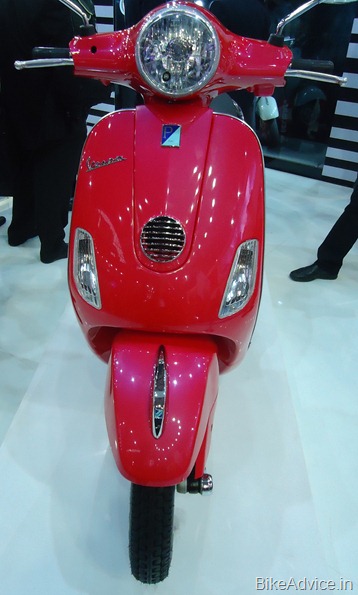
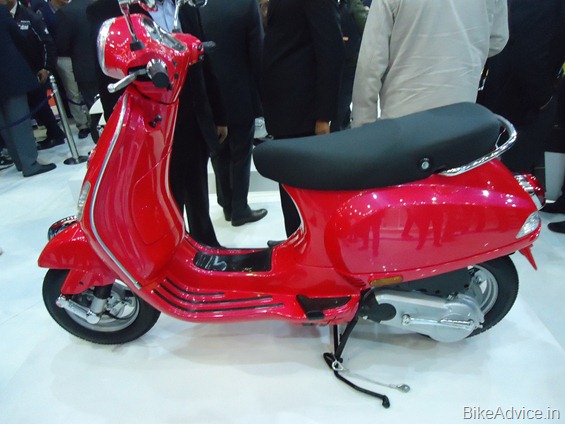
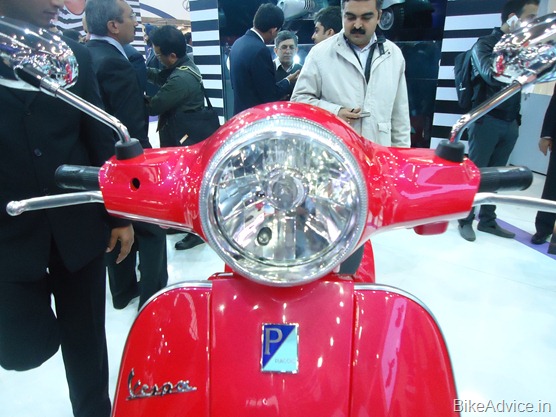
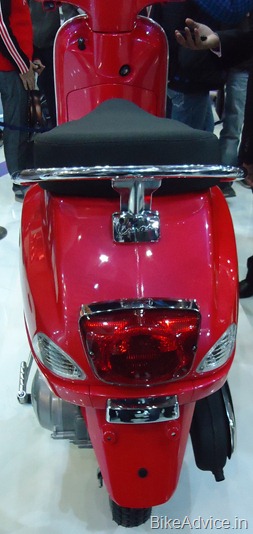
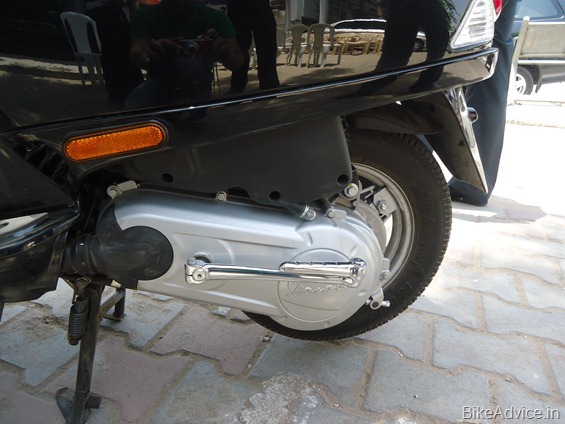
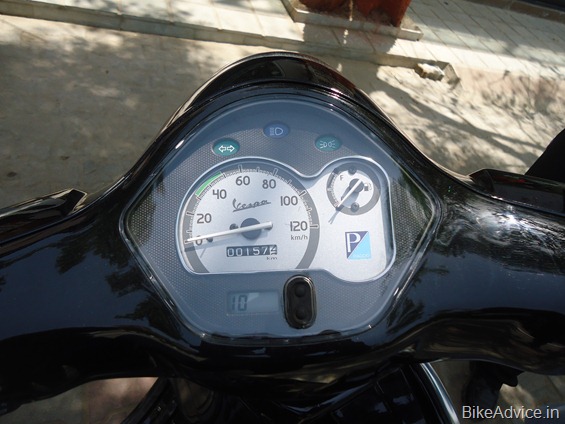
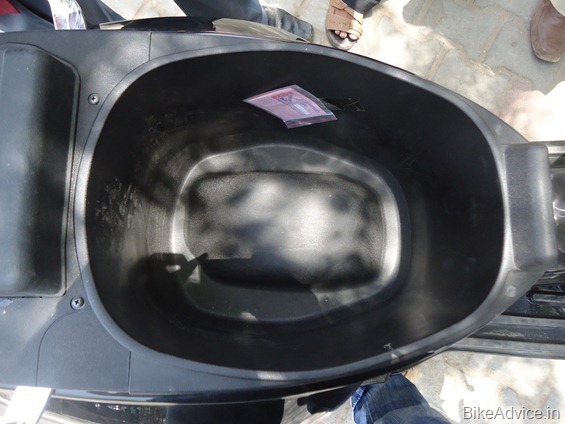
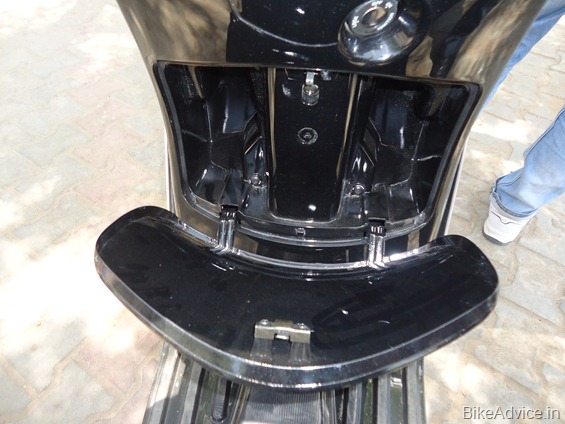
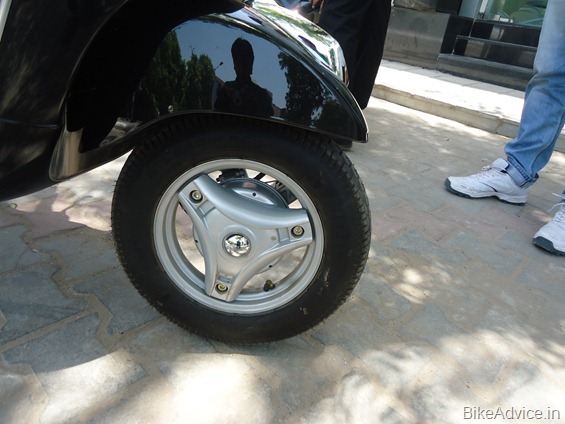
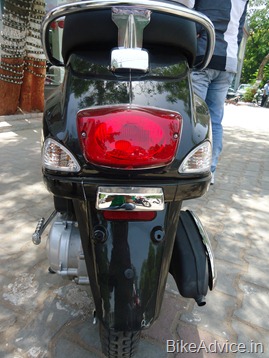
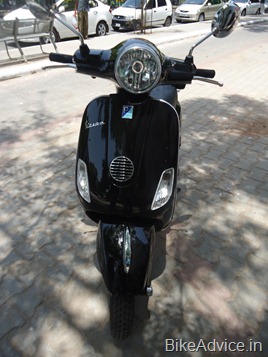
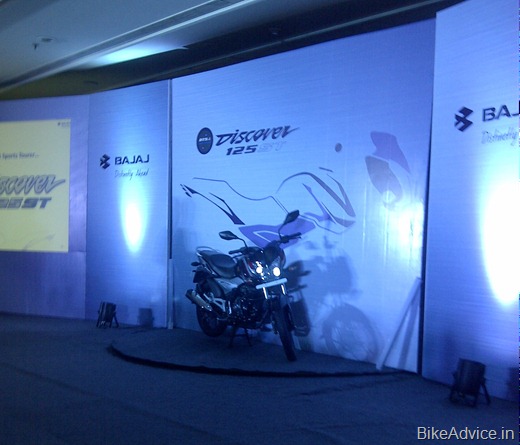
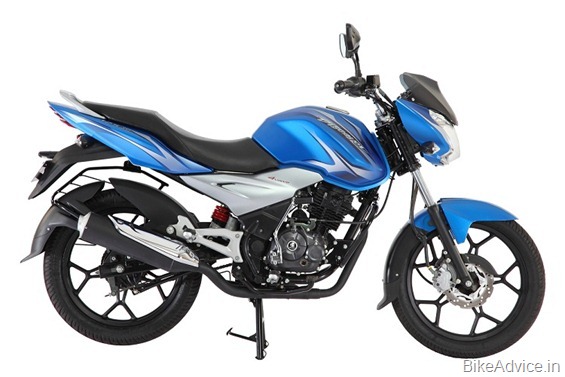
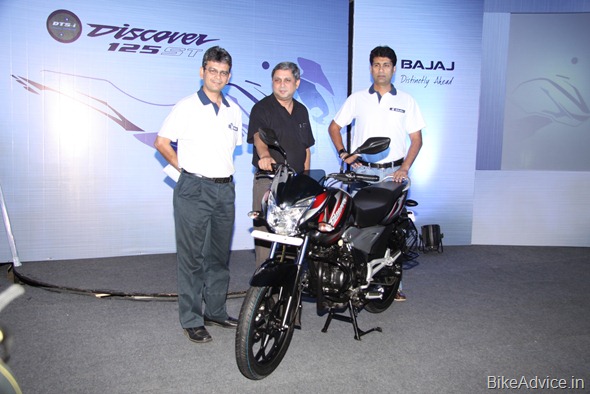
 New Bike - Honda Dream Yuga Price: INR 44,642
New Bike - Honda Dream Yuga Price: INR 44,642



